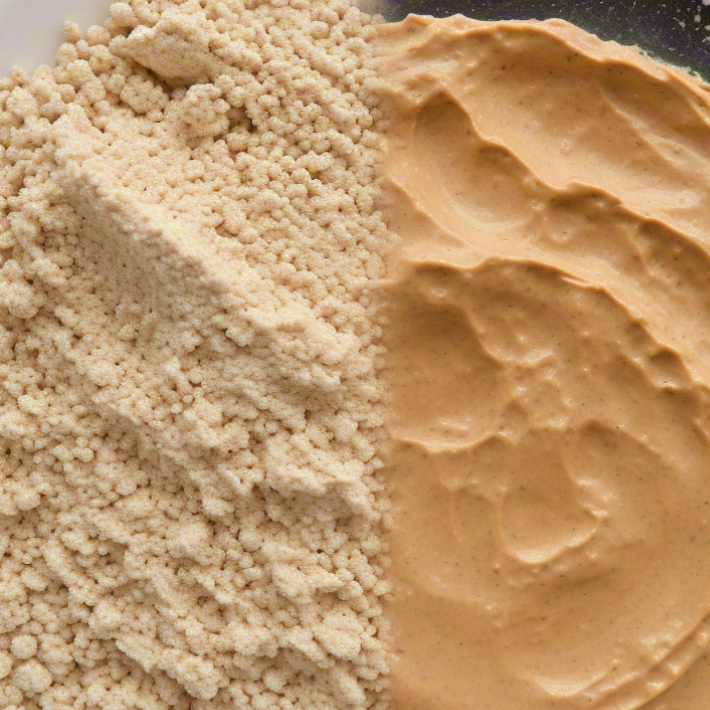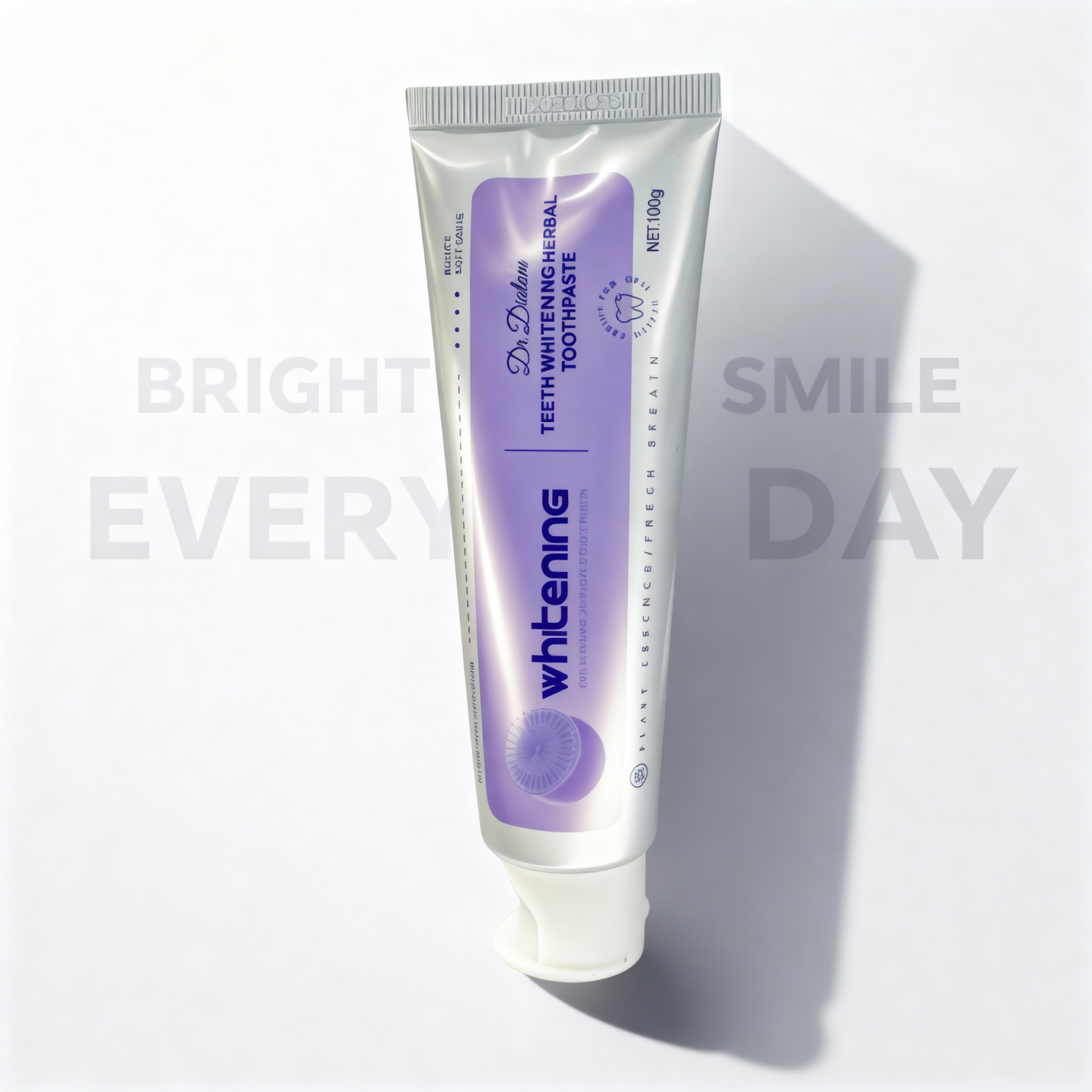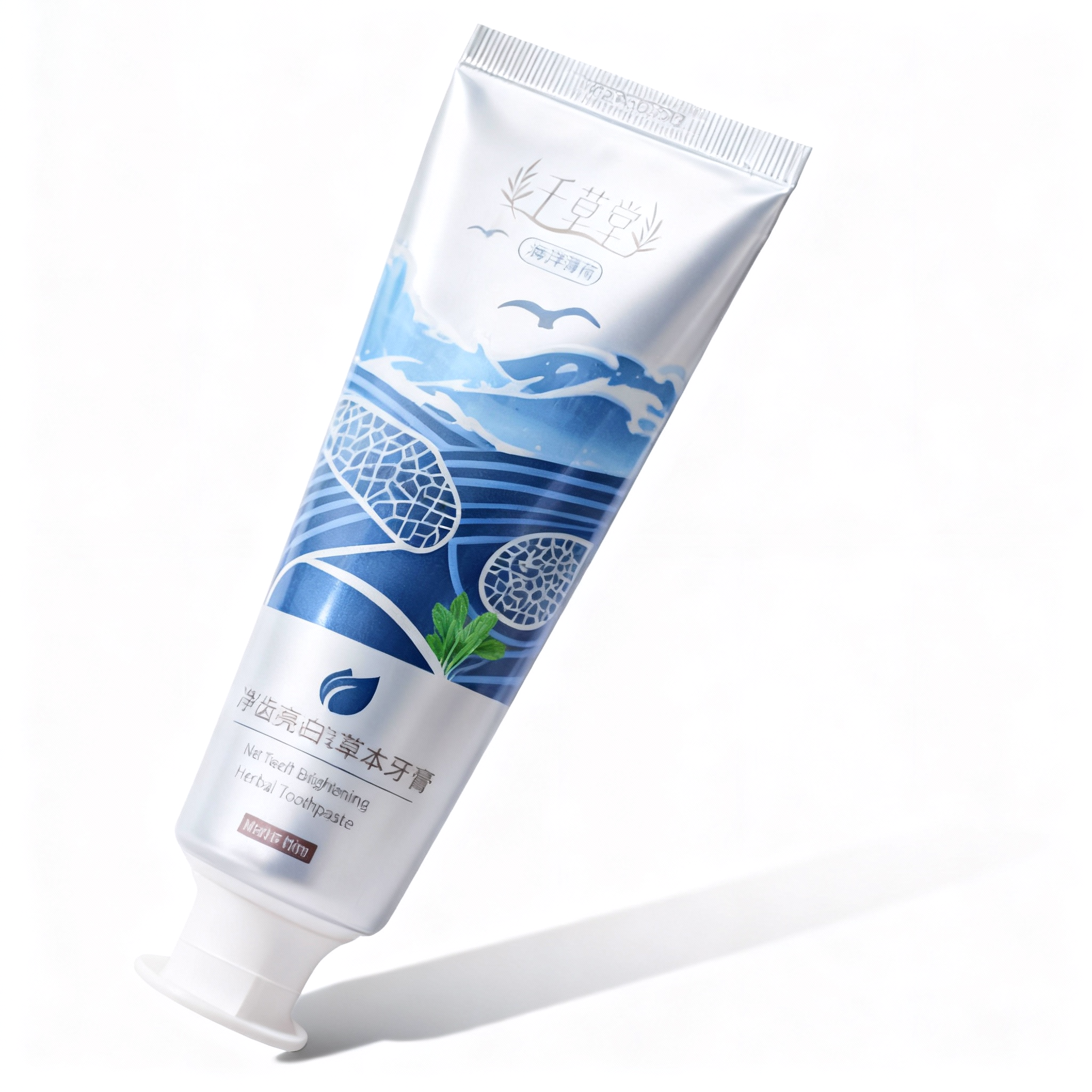
The Ultimate Guide to Applying Diatomaceous Earth: Indoors, Outdoors, and on Plants
Provide a comprehensive overview of how to apply diatomaceous earth effectively, with detailed instructions for use indoors, outdoors, and on plants.
Diatomaceous earth (DE) has emerged as a multi-purpose, natural remedy for a variety of pest control and home maintenance needs. Whether you’re tackling pests inside your home, treating infestations in your garden, or exploring safe and sustainable alternatives to chemical pesticides, DE offers a powerful, environmentally friendly solution. This article provides a comprehensive overview of how to apply diatomaceous earth effectively, with detailed instructions for use indoors, outdoors, and on plants.
What Is Diatomaceous Earth?
Diatomaceous earth is a soft, powdery substance derived from the fossilized remains of microscopic aquatic organisms known as diatoms. These tiny creatures are composed of silica, a naturally occurring mineral that gives DE its abrasive and absorbent properties. When ground into a fine powder, DE appears white or off-white and feels soft to the touch, but under a microscope, the particles are sharp and jagged.
There are two main grades of diatomaceous earth:
- Food-grade DE: This variety is safe for use around people and animals. It is commonly used in food storage, livestock feed, natural health products, and pest control in homes and gardens.
- Filter-grade (or pool-grade) DE: This form is treated with high heat, which alters the silica into a crystalline form. While effective as a filtering agent, it is hazardous to humans and animals if inhaled or ingested.
For pest control and gardening, always use food-grade DE to ensure safety.

How Diatomaceous Earth Works
Unlike chemical pesticides that act through poisoning, diatomaceous earth operates mechanically. Its microscopic shards pierce the exoskeletons of insects and absorb the oils and moisture from their bodies. This causes them to dehydrate and die within a few hours to days.
This mechanism makes it difficult for pests to develop resistance, as there are no chemical agents to adapt to. DE is effective against a broad range of insects including ants, fleas, bed bugs, roaches, mites, slugs, and beetles.
Benefits of Applying Diatomaceous Earth
- Non-toxic and chemical-free: Safe for use around children and pets when food-grade is applied.
- Broad-spectrum pest control: Effective against many types of crawling insects.
- Long-lasting: Remains effective as long as it stays dry.
- No resistance buildup: Mechanical action prevents insects from becoming immune.
- Soil health improvement: Enhances aeration and moisture retention when mixed into garden soil.
- Deodorizing properties: Absorbs odors in pet areas, garbage bins, and refrigerators.
General Guidelines for Applying Diatomaceous Earth
- Use the Right Grade: Always opt for food-grade DE for any pest control or gardening application.
- Safety First: Wear a dust mask, gloves, and eye protection during application to avoid inhalation or irritation.
- Apply on Dry Surfaces: Moisture reduces DE’s effectiveness. Always apply to dry areas and reapply after rain or cleaning.
- Use the Proper Tools: Apply using dusters, squeeze bottles, or shakers for even distribution.
- Clean and Reapply: Vacuum and clean up excess DE after a few days and reapply if pests persist.
Applying Diatomaceous Earth Indoors
When applying diatomaceous earth indoors, it can help control infestations of ants, roaches, bed bugs, and fleas without exposing your household to toxic chemicals.
Common Indoor Application Areas
Along baseboards and in corners
Under and behind refrigerators and stoves
Inside kitchen cabinets and drawers
Around garbage cans
Behind electrical outlets and switch plates
In attics and crawl spaces
Inside mattresses, box springs, and under carpets
Step-by-Step Indoor Application
1.Identify Pest Hotspots: Observe where pests enter or hide.
2.Clean the Area: Vacuum and wipe down surfaces to remove food crumbs, debris, and old residues.
3.Apply a Thin Layer: Use a powder duster or sifter to apply a fine, even coating.
4.Let it Sit: Leave the DE in place for at least 48–72 hours to maximize its effect.
5.Vacuum Thoroughly: Use a HEPA vacuum to remove the powder and dead insects.
6.Repeat Weekly: For ongoing infestations, reapply weekly until resolved.
Precautions for Indoor Use
Keep pets and children away from treated areas until the dust has settled.
Avoid placing DE near fans or vents to prevent airborne dust.
Do not apply on food-preparation surfaces.
Applying Diatomaceous Earth to Plants
Diatomaceous earth is also a gardener’s best friend, helping to protect vegetables, fruits, and flowers from damaging pests without harming the environment.
Benefits for Plants
Targets aphids, beetles, caterpillars, mites, and other harmful insects.
Harmless to plant health and humans.
Can be washed off easily before harvest.
Improves soil quality and drainage when mixed into planting beds.
Application Techniques for Plants
1.Choose the Right Time: Apply on a dry day when plants are not wet with dew or rain.
2.Dust the Foliage: Lightly sprinkle DE on the leaves, especially the undersides where pests often hide.
3.Apply Around the Base: Form a protective circle at the base to deter crawling insects and slugs.
4.Mix with Soil: Blend into the potting mix to prevent root-eating pests like grubs and nematodes.
5.Repeat as Needed: Reapply after rain or overhead watering, as moisture neutralizes DE.
Safety Tips for Garden Use
Avoid applying directly on flowers to protect pollinators.
Apply in the early morning or late evening when bees are inactive.
Wash off before eating harvested produce.
Applying Diatomaceous Earth Outdoors
Outdoors, DE can be used around the perimeter of homes, in lawns, in compost piles, and even in pet enclosures.
Application Areas and Techniques
- Lawn Treatment: Broadcast DE with a garden spreader or shaker over grass to kill fleas and ticks.
- Perimeter Barriers: Apply a continuous line around your home’s foundation to prevent insect entry.
- Patio and Decks: Dust under furniture and in cracks between deck boards.
- Garbage and Compost: Sprinkle DE in compost bins and garbage cans to deter flies and maggots.
- Pet Areas: Use under kennels and outdoor beds to reduce fleas and mites.
Outdoor Considerations
Apply during dry weather.
Store DE in an airtight container to prevent moisture absorption.
Monitor weather forecasts to avoid applying before rain.
Specific Pest Control Applications
1. Ants
Locate ant trails and apply DE directly on the path.
Sprinkle around ant hills and entrances.
2. Bed Bugs
Dust DE into mattress seams, cracks in bed frames, and around baseboards.
Use in conjunction with bed bug-proof mattress encasements.
3. Fleas
Apply to carpets, rugs, pet bedding, and upholstery.
Allow it to sit for 48 hours before vacuuming thoroughly.
4. Cockroaches
Place DE behind stoves, under sinks, and in pantry corners.
Combine with baits to speed up elimination.
5. Slugs and Snails
Surround vulnerable plants with a DE ring to prevent access.
Reapply after watering or rain.

Frequently Asked Questions
Q1: Is diatomaceous earth harmful if inhaled?
While food-grade DE is considered safe, inhaling large amounts can irritate the lungs. Always wear a mask when applying.
Q2: How long does DE take to kill insects?
DE begins to dehydrate insects within hours, but complete eradication can take several days depending on the infestation.
Q3: Can DE be used in combination with other pest control methods?
Yes, DE is often used alongside traps, baits, and natural repellents for a more comprehensive approach.
Q4: Does DE kill beneficial insects?
Yes, it can harm any insect it contacts, so avoid applying it directly to flowers and flowering vegetables.
Q5: Can I apply DE to pets?
Some pet owners use small amounts of food-grade DE in pet fur to control fleas, but consult a veterinarian first.
Environmental and Health Benefits
Using diatomaceous earth supports eco-friendly gardening and pest management. Unlike synthetic pesticides, DE doesn’t contaminate groundwater, harm wildlife, or disrupt ecosystems. Its long shelf life and lack of chemical residues make it an excellent option for organic growers and sustainable households.
Conclusion
Diatomaceous earth offers a versatile, safe, and effective means of managing pests without compromising human health or environmental integrity. Whether you’re applying diatomaceous earth indoors to combat roaches and bed bugs, applying diatomaceous earth to plants to protect your crops, or using it around your yard to build a chemical-free defense against invasive pests, DE proves itself a worthy addition to any home or garden toolkit.
With consistent and informed application, diatomaceous earth can become your go-to solution for natural pest control, offering peace of mind, safety, and environmental sustainability in one simple package.




